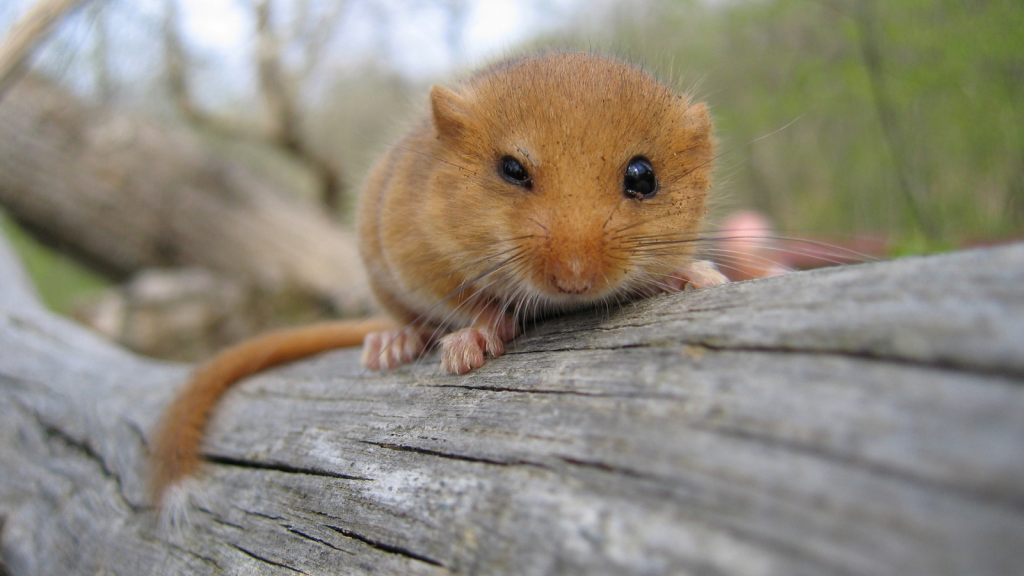The hazel dormouse, with its golden fur and big black eyes, is one of Britain’s most beloved yet endangered creatures. These woodland acrobats, weighing no more than a pound coin, are fascinating. Their intricate nest-building skills, remarkable hibernation abilities, and nocturnal lifestyle make them a unique part of Britain’s biodiversity. As their numbers dwindle due to habitat loss, understanding these charming creatures becomes ever more important. If we don’t act, we’ll lose them. Join us as we explore 16 fascinating facts about the hazel dormouse, and discover why these sleepy rodents are so important to Britain’s woodlands.
Extreme Sleepers
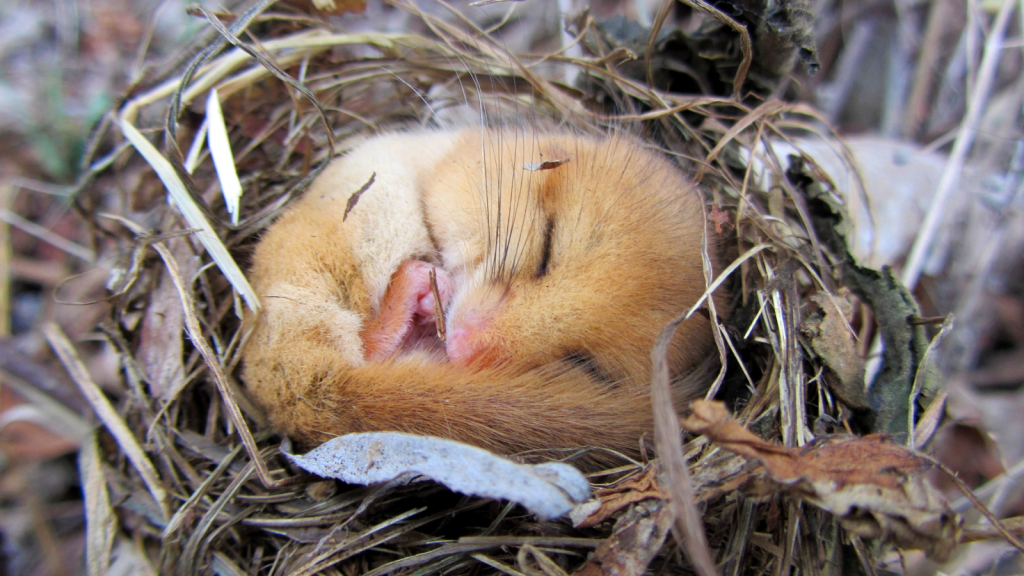
Hazel dormice are champion sleepers, hibernating for up to six months of the year. They curl up into tight balls, their body temperature dropping to near-freezing, and their heart rate slowing to just a few beats per minute. This long sleep helps them survive when food is scarce, but it also makes them vulnerable to changes in climate and habitat. During hibernation, dormice can lose up to a third of their body weight, making their spring awakening a critical time for survival.
Nocturnal Acrobats
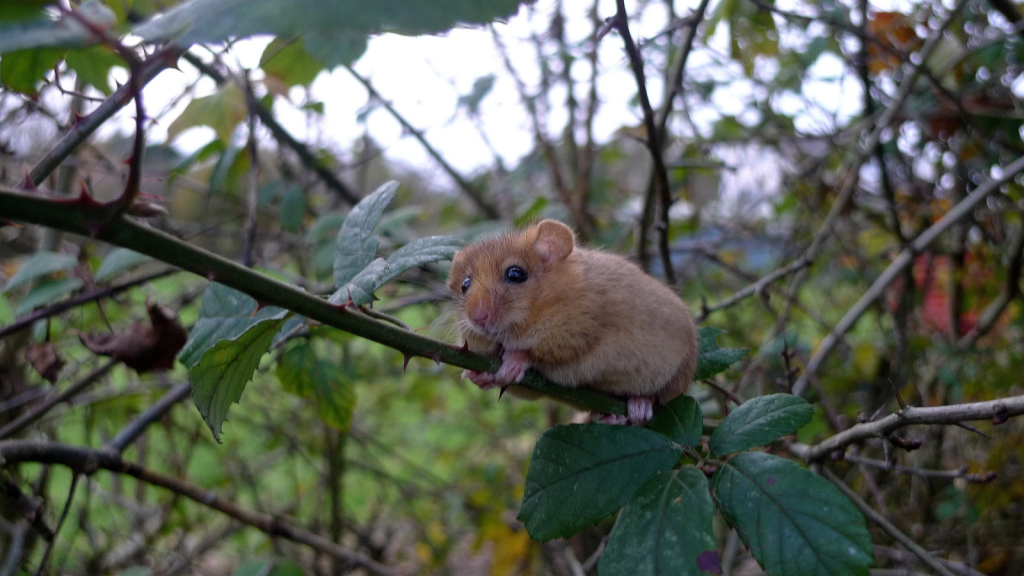
Despite their sleepy reputation, dormice are incredibly agile. They’re nocturnal and spend most of their active time high up in the tree canopy. Their long tails act as balancing aids, allowing them to scamper along the thinnest branches and even hang by their back feet to reach food. Dormice can leap up to two metres between branches, an impressive feat for an animal barely 70mm long.
Picky Eaters
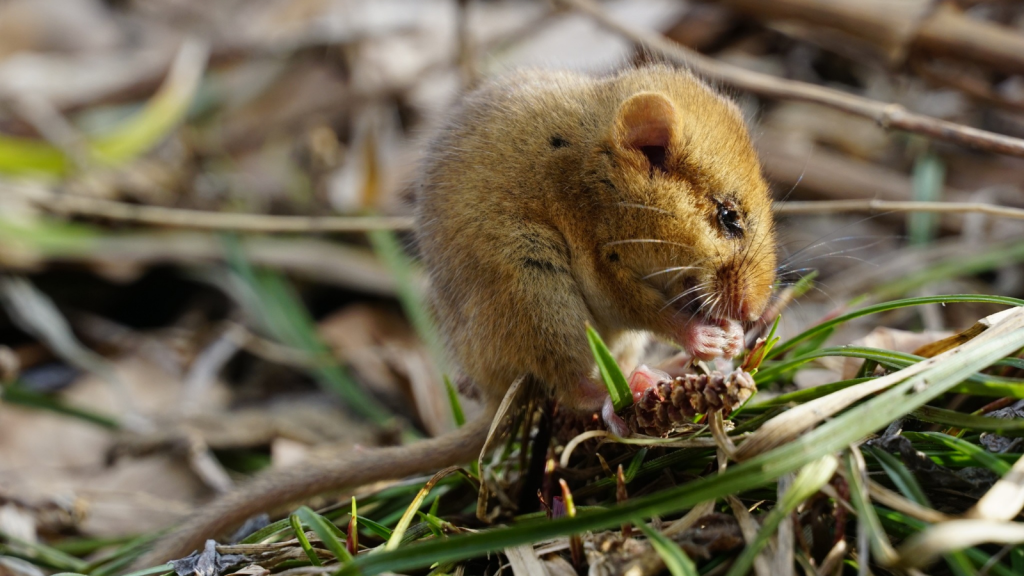
Dormice have a varied diet, but they’re quite particular about what they eat. They feed on flowers, pollen, fruits, nuts, and insects, but only when these foods are at their nutritional peak. This selective eating habit means they need a diverse woodland habitat to thrive throughout their active months. Hazel nuts are a particular favourite, and the distinctive way dormice open these nuts is often used by researchers to detect their presence in woodlands.
Vocal Virtuosos

These tiny rodents are surprisingly vocal. They make a range of sounds including chirps, whistles, and even snores during hibernation. Male dormice are known to sing to attract mates, producing a soft, bird-like warble that can last for several minutes. These vocalisations are often so high-pitched that they’re inaudible to human ears, requiring special equipment for researchers to study.
Master Nest Builders
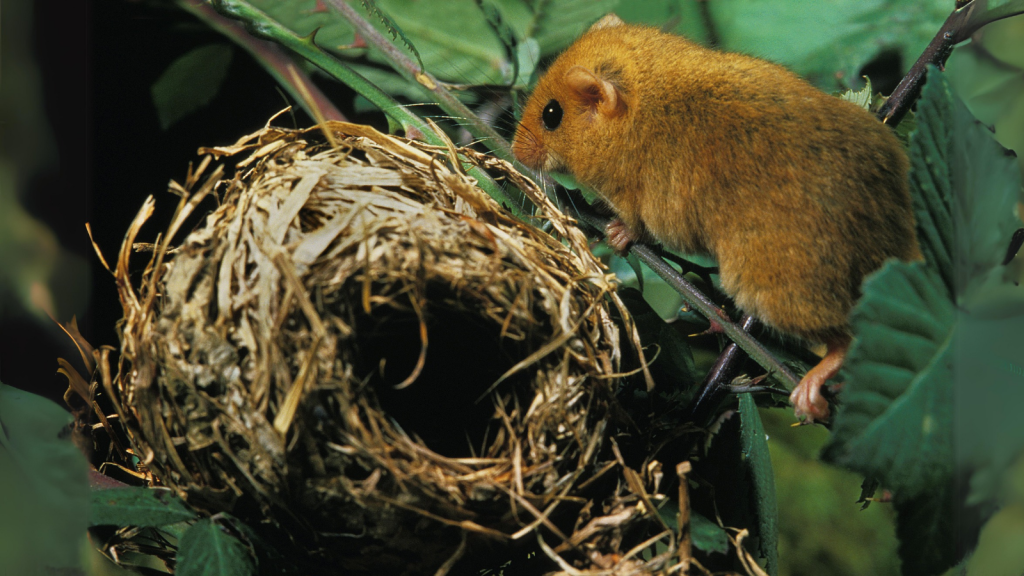
Dormice are skilled architects, building intricate spherical nests from bark, leaves, and grass. These nests are usually hidden in dense shrubs or tree hollows and are used for both breeding and daytime resting. A well-built dormouse nest can last for years and may be used by multiple generations. Dormice often build several nests within their home range, moving between them to avoid predators and parasites.
Slow Breeders
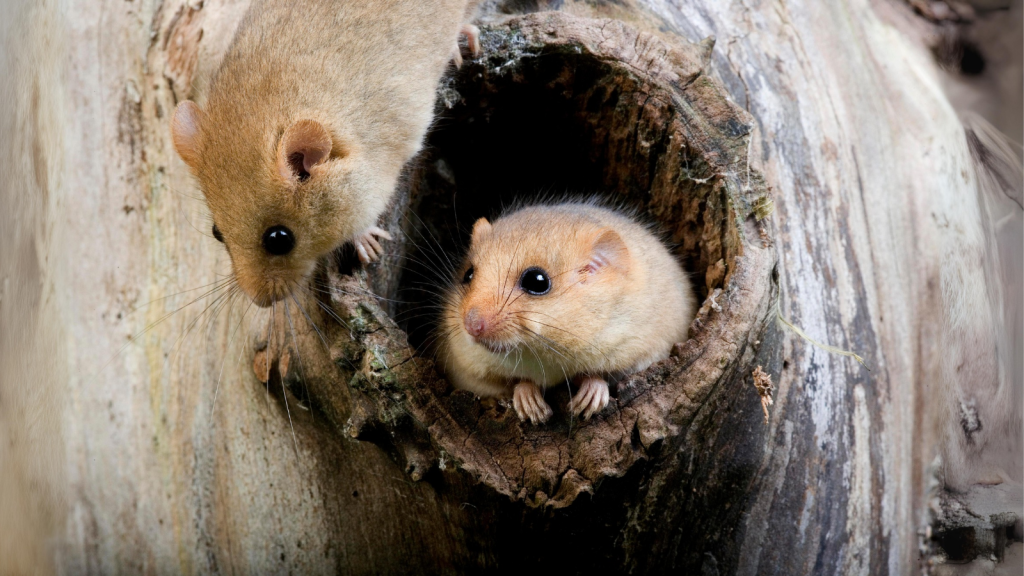
Unlike many rodents, dormice reproduce slowly. They typically have only one litter per year, usually of four to five young. The babies are born blind and hairless, and they don’t open their eyes for about 18 days. This slow reproduction rate makes dormouse populations particularly vulnerable to decline. Young dormice must gain enough weight to survive their first winter hibernation, a critical period that many don’t survive.
Indicators of Woodland Health
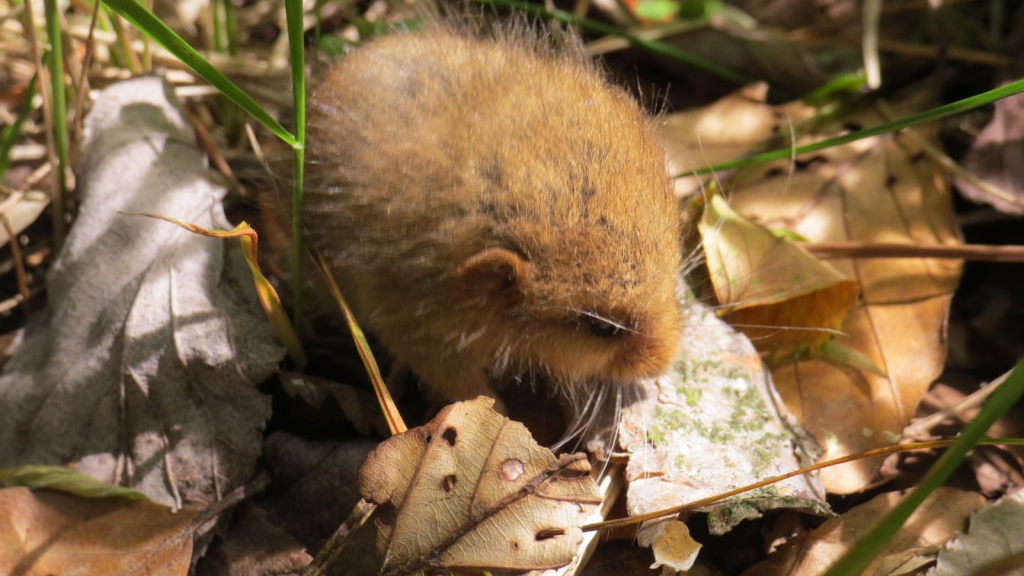
Ecologists often use dormice as indicators of woodland health. Because they need a diverse, well-connected habitat to thrive, their presence usually signifies a healthy, biodiverse woodland ecosystem. Monitoring dormouse populations can provide valuable insights into the overall health of Britain’s woodlands. The decline in dormouse numbers has been linked to changes in woodland management practices, highlighting the need for more wildlife-friendly forestry methods.
Legal Protection
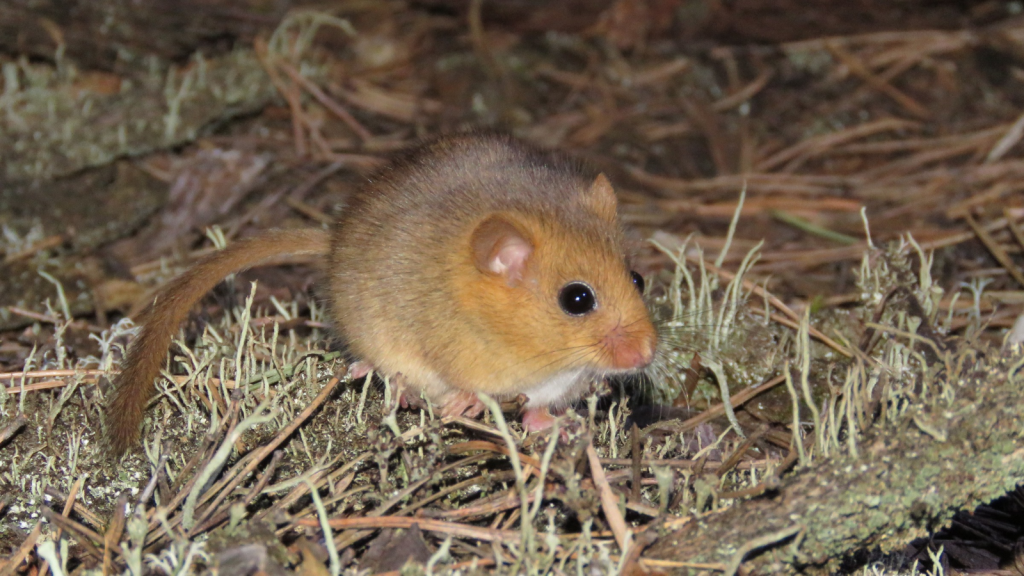
Hazel dormice and their habitats are protected by law in the UK. It’s illegal to disturb, capture, or kill them without a licence. This protection extends to their nests, making it crucial for land managers and developers to consider dormice in their plans. The legal status of dormice has led to the development of specific guidelines for woodland management and development in areas where they are present.
Tiny But Tough
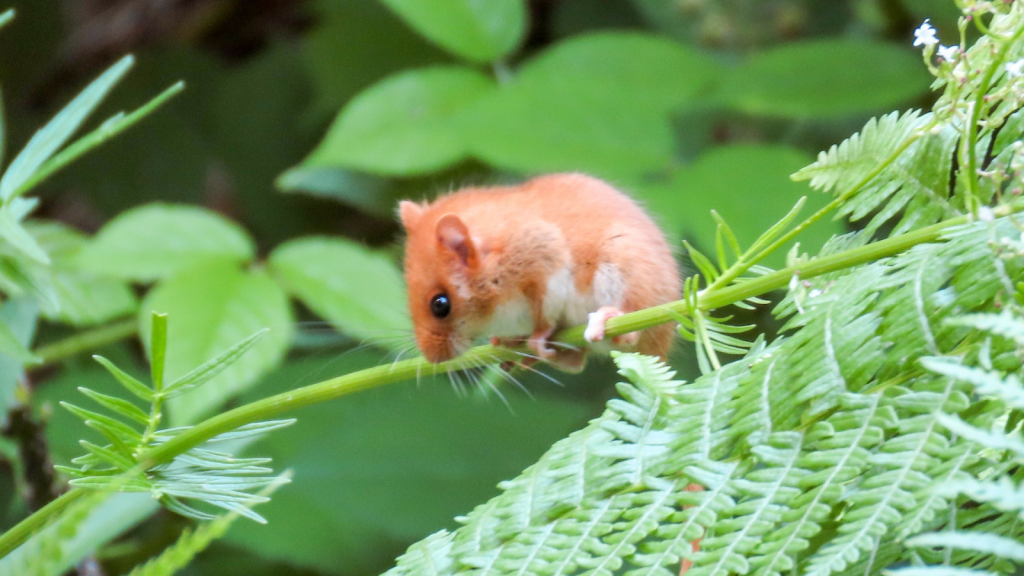
Despite their small size (adults weigh only about 20 grams), dormice are surprisingly long-lived for rodents. In the wild, they can live up to five years, while in captivity they’ve been known to reach eight years of age. This longevity is partly due to their long hibernation periods, which reduce overall wear and tear on their bodies. Their relatively long lifespan means that individual dormice can contribute to multiple breeding seasons, important for the survival of small populations.
Fat-Tailed Survivors
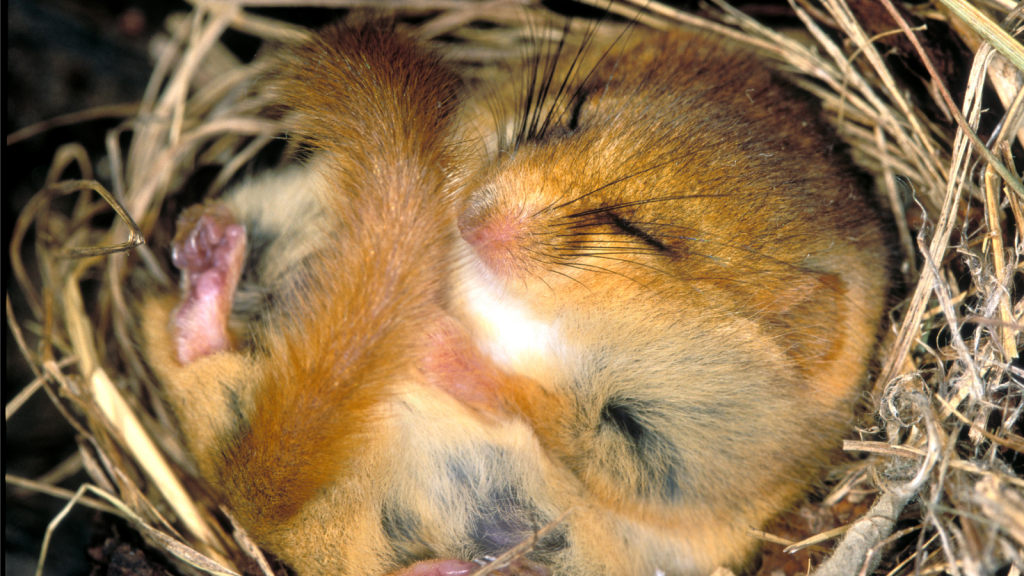
Dormice have a clever survival trick: they can shed the skin on their tails if caught by a predator, much like some lizards. This ability, known as autotomy, allows them to escape if grabbed. The tail is also used to store fat for hibernation, making it an essential tool for survival. Unlike many other rodents, dormouse tails are fully furred, providing extra insulation during cold periods.
Arboreal Specialists
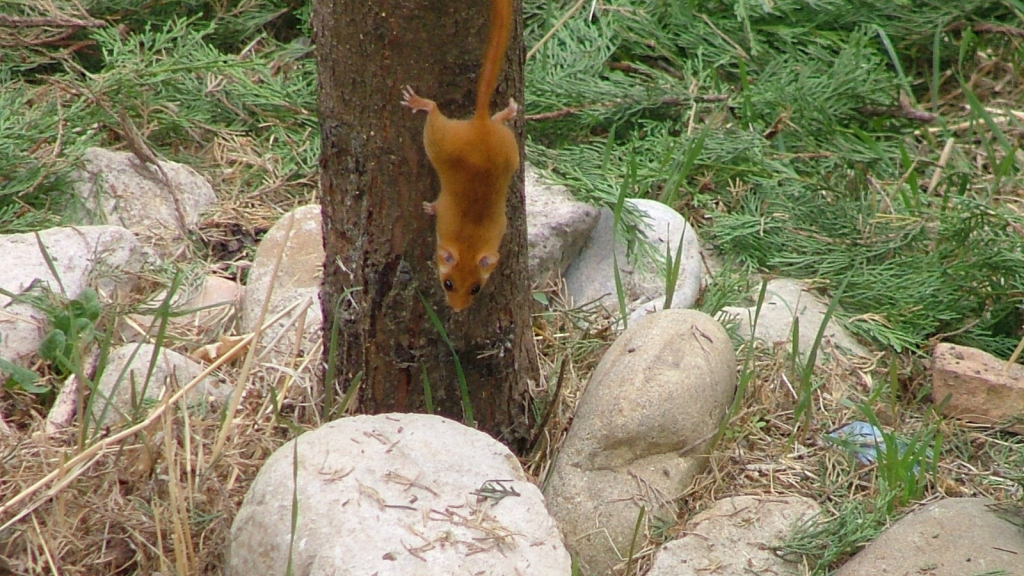
Hazel dormice are perfectly adapted for life in the trees. Their feet have strong claws for gripping bark, and their long whiskers help them navigate in the dark. They’re so well-suited to arboreal life that they rarely come down to the ground, making them particularly vulnerable to habitat fragmentation. Their dependence on connected tree canopies means that even small gaps in woodland cover can isolate dormouse populations.
Hibernation Hideaways
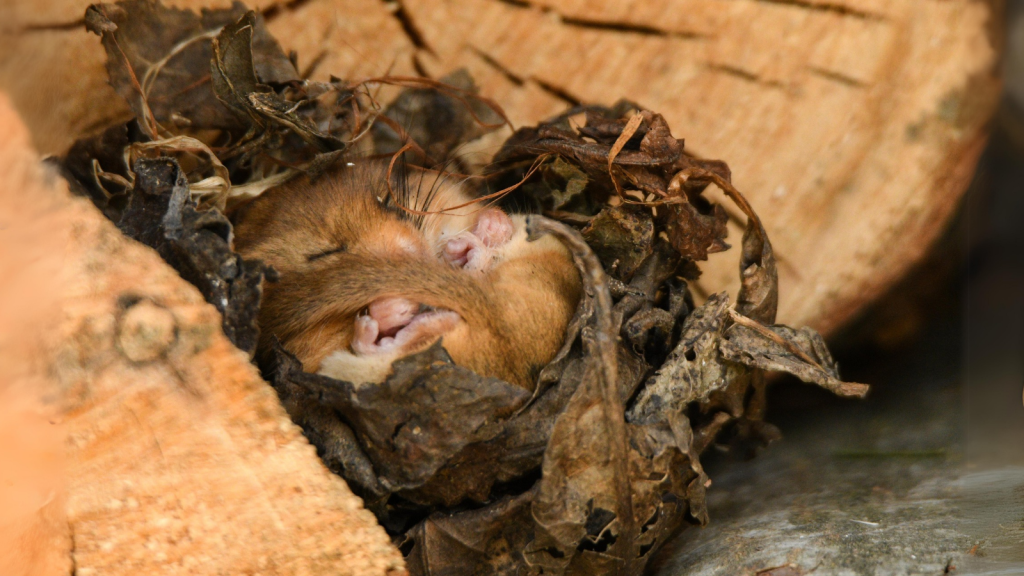
When it’s time to hibernate, dormice often choose ground-level sites rather than their usual treetop haunts. They may hibernate in piles of leaves, in tree stumps, or even underground. This change in habitat use makes them vulnerable to disturbances during woodland management activities. Dormice can wake briefly during warmer winter spells, a risky behaviour that uses precious energy reserves.
Unique Feeding Behaviour
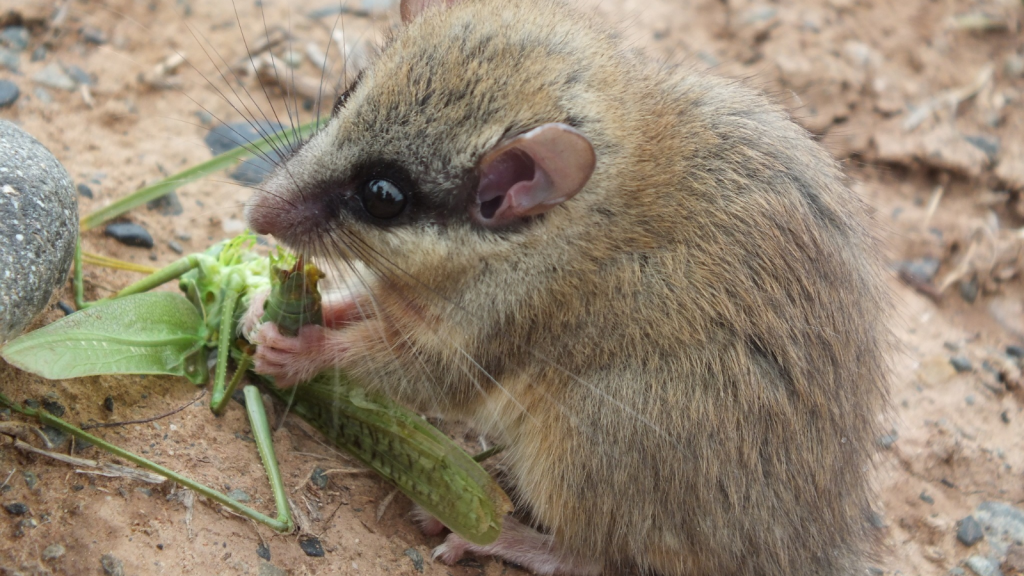
Dormice have a distinctive way of feeding that sets them apart from other small mammals. They often sit on their hind legs and use their front paws to hold food items, much like squirrels. This behaviour allows them to manipulate and consume a wide variety of foods, from delicate flowers to tough nuts. Their ability to extract seeds from pine cones is particularly impressive, demonstrating their dexterity and adaptability.
Conservation Efforts
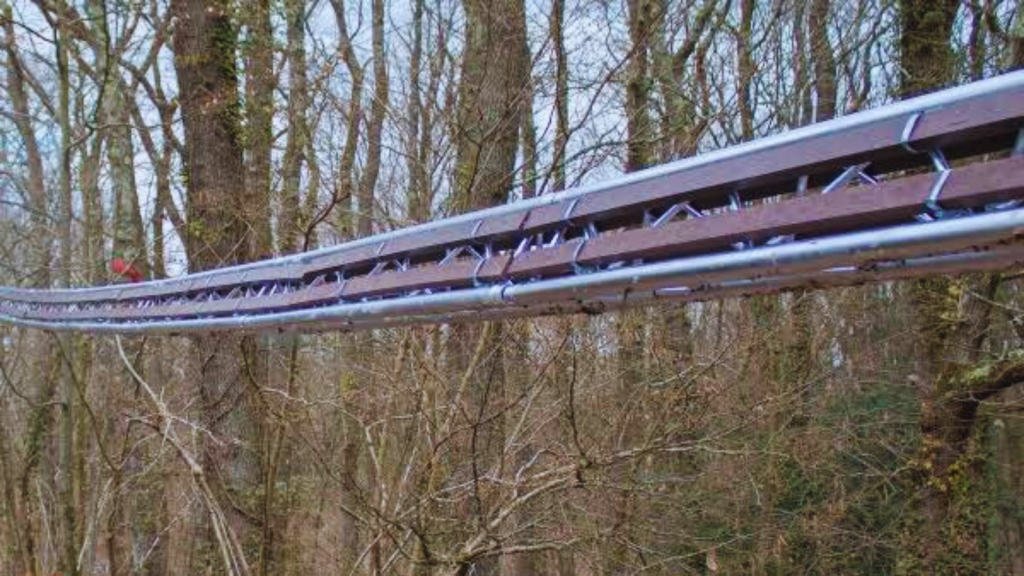
Numerous conservation initiatives are underway to help Britain’s dormice. These include habitat restoration, creation of ‘dormouse bridges’ to connect fragmented woodlands, and captive breeding programmes. Volunteers play a crucial role in these efforts, helping to monitor dormouse populations across the country. The National Dormouse Monitoring Programme, established in 1988, has been crucial in tracking dormouse populations and informing conservation strategies.
Seasonal Weight Fluctuations
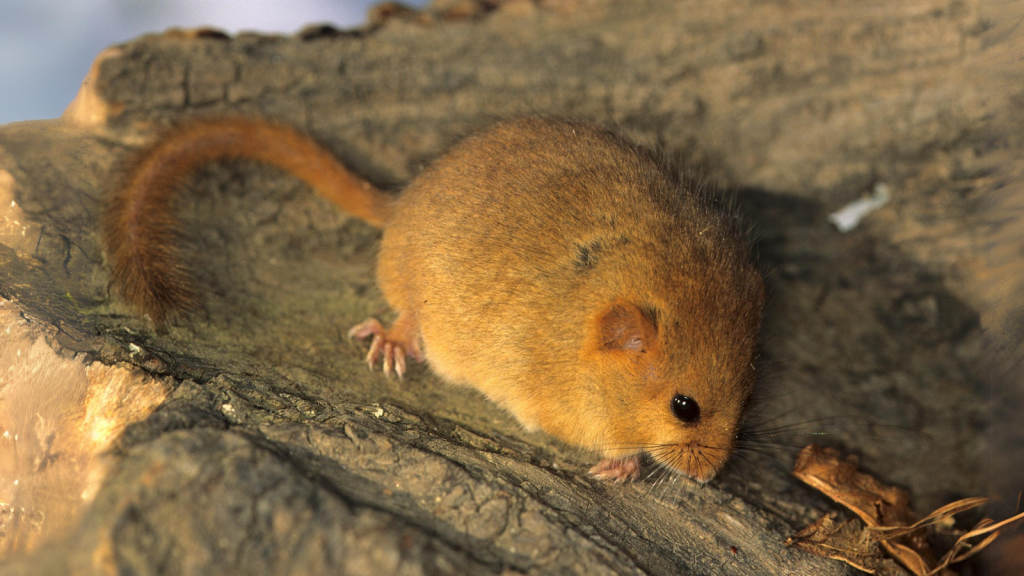
Dormice experience dramatic weight changes throughout the year. They can double their body weight in the weeks leading up to hibernation, storing fat that will sustain them through the winter months. This rapid weight gain is achieved through intensive feeding on energy-rich foods like hazelnuts and berries. After hibernation, dormice must quickly regain weight to prepare for the breeding season, making spring a critical time for food availability.
Unique Among Rodents
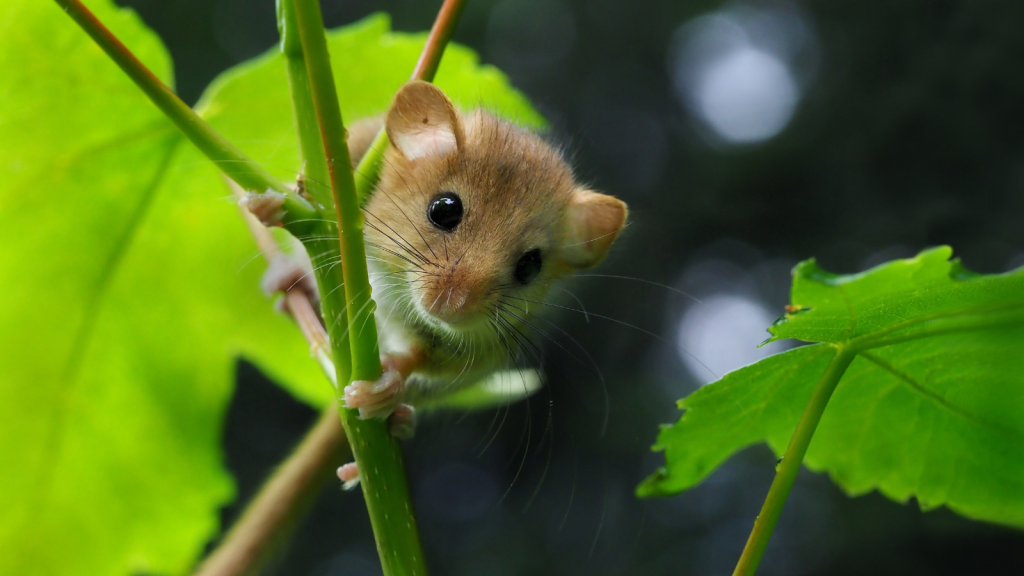
Hazel dormice are the only dormouse species native to the UK, and they’re quite different from other British rodents. They’re more closely related to squirrels than to mice, and they have unique features like fur on their tails and orange-tinted teeth. These distinctions make them a truly special part of Britain’s wildlife. Unlike many other small mammals, dormice have excellent colour vision, an adaptation that helps them navigate through the tree canopy and select ripe fruits.

